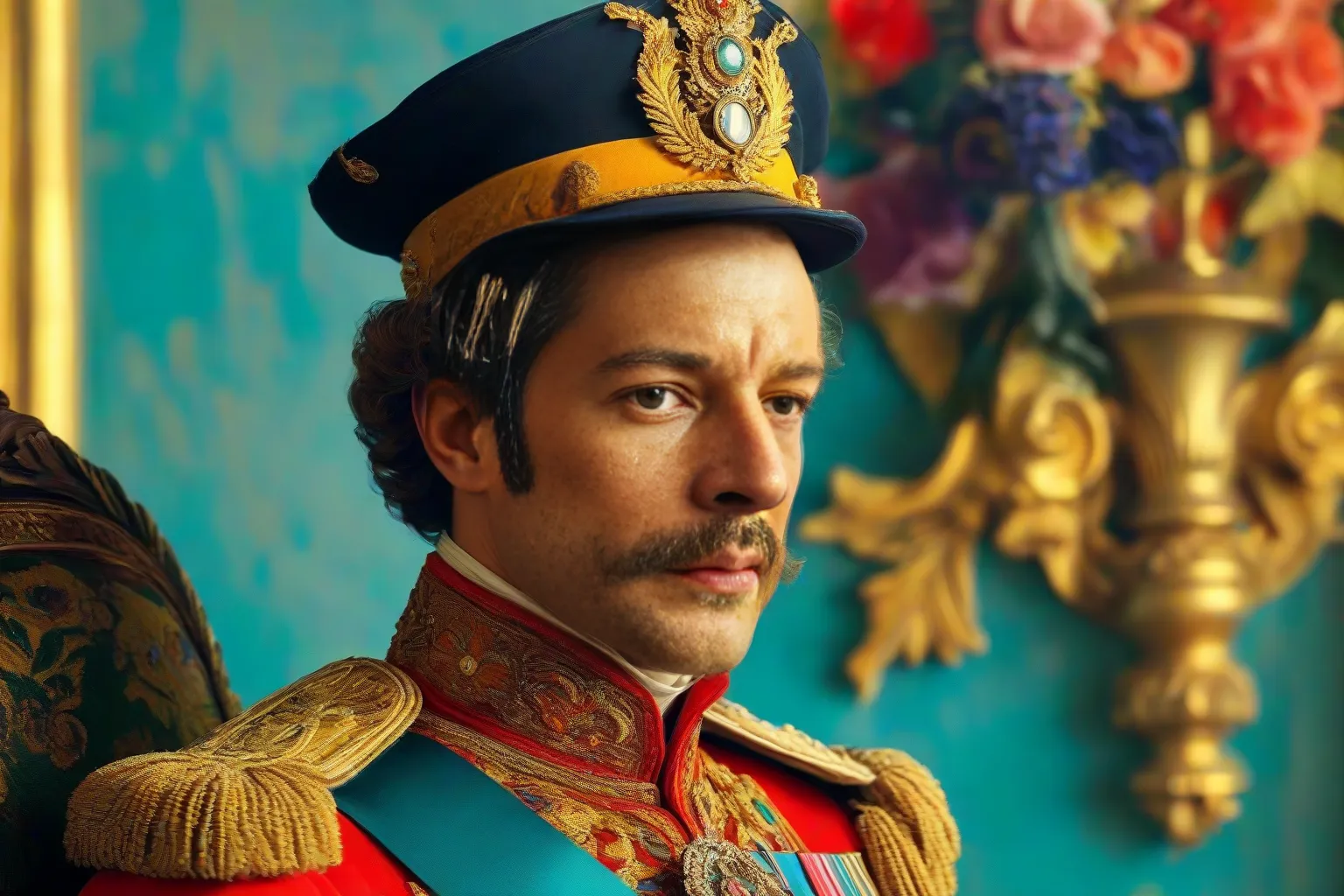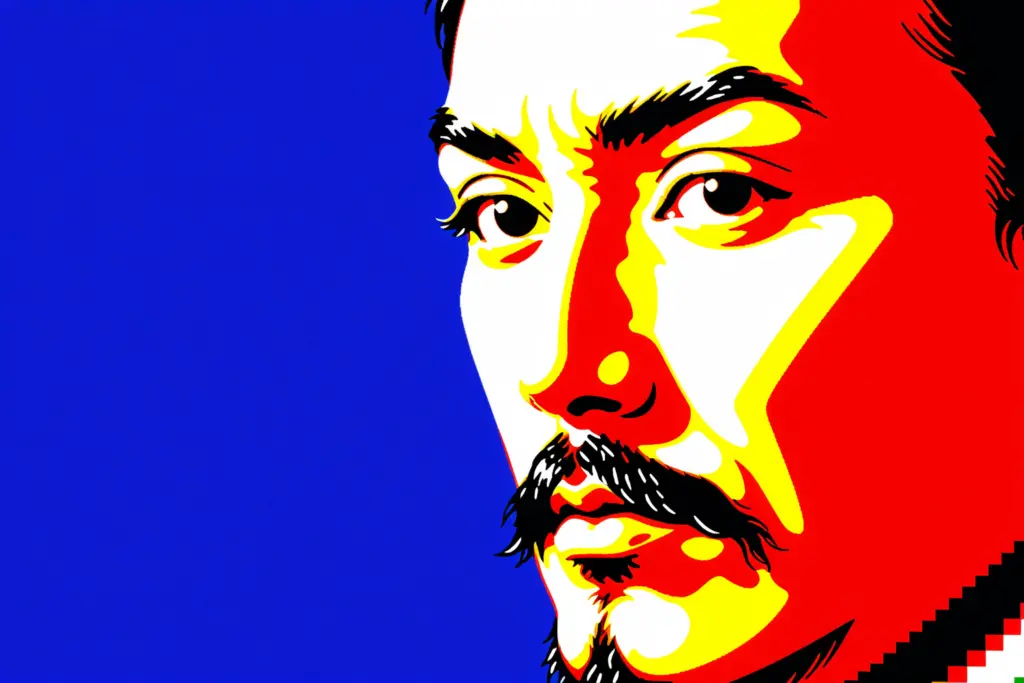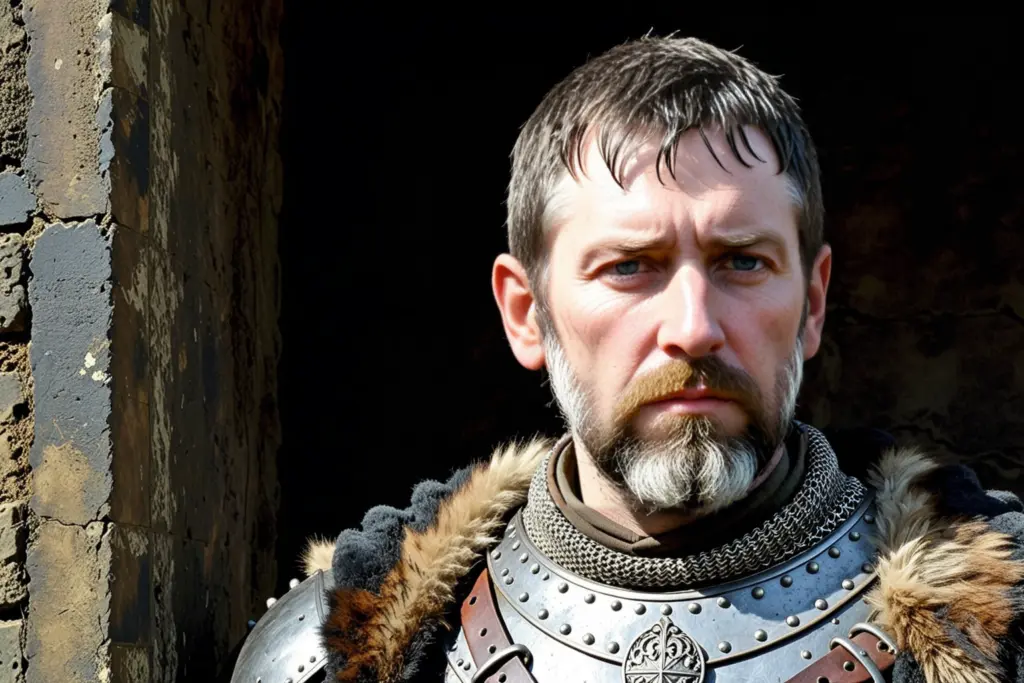
Portrait of Prince Eugene of Savoy, Art Deco, Pulling and Scrapping
1. Full name: Franz Joseph Raspegny Count of Tessin, later renamed to Eugène de Savoie-Carignan, and more commonly known as Eugène de Savoie or Prince Eugene of Savoy (1663 – 1736).
2. Family: Born into a minor branch of the House of Savoy, the ruling dynasty of modern Italy, he became a prominent military leader in Europe during his lifetime.
3. Early Life: Born into an aristocratic Italian family, Prince Eugene of Savoy moved to The Holy Roman Empire as a young man and gained prominence under Emperor Leopold I. He subsequently adopted the German spelling of his title.
4. Military Service: Serving in the Imperial army during the Nine Years’ War (1688-1697), he distinguished himself in combat, leading to his rise to command. His campaigns included victories at the Battle of Vienna in 1683 and the Battle of Zenta in 1697 against the Ottoman Empire.
5. Spanish Succession War (1701-1714): As a general for the Grand Alliance during this conflict, Prince Eugene’s leadership was instrumental in the defeat of France and the spread of Protestantism across Europe. His tactics at the Battle of Blenheim (1704) and the Battle of Turin (1706) greatly contributed to these objectives.
6. Legacy: Recognized as one of the greatest military commanders in European history, he received numerous honors, including the Order of the Golden Fleece and the title “Prince of Savoy.” His strategies and training methods influenced European armies for centuries after his death.
7. Modern-day legacy: A street in Vienna is named after him (Eugenia Allee), as well as a city square, Eugendorf. Several statues of him can also be found throughout Europe, including one at the Hofburg Palace in Vienna.
Text model: dolphin-mistral
Image model: ZaxiousXL

The Neural Navigator is a creative mind behind the lens of AI-generated images.
The Neural Navigator is always pushing the limits of what’s possible in this exciting new frontier of digital creativity. Whether it’s surreal landscapes, abstract patterns, or striking portraits, each image is a testament to the endless potential of AI-driven art.
Follow The Neural Navigator for a daily dose of innovative and visually stunning AI-generated imagery.


